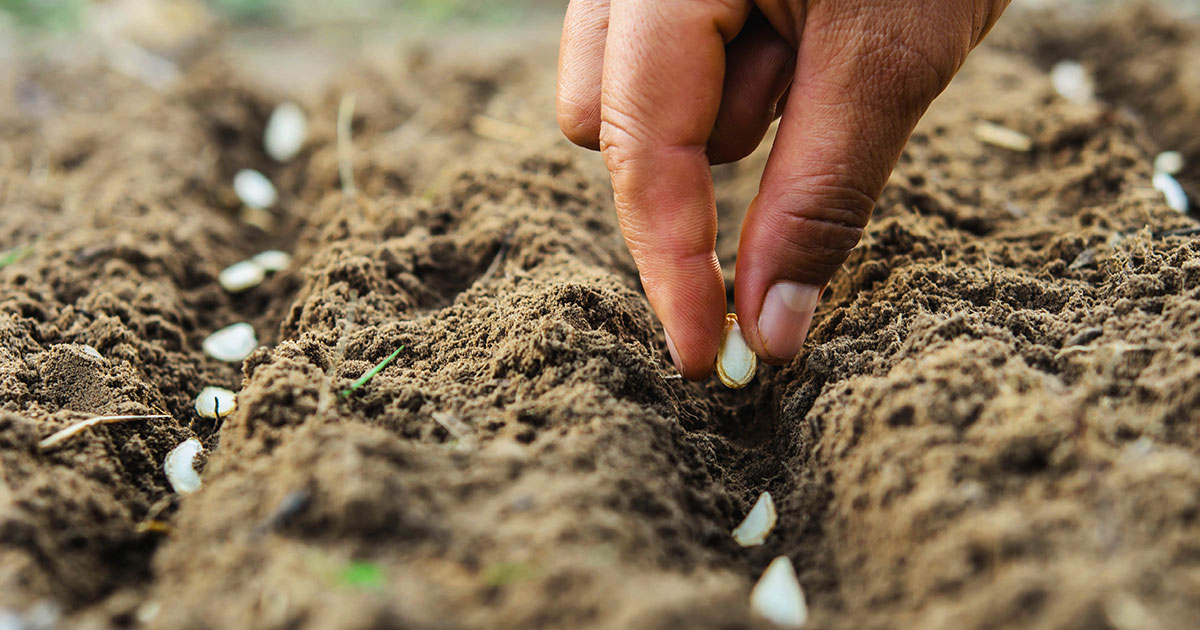

Articles
How To Grow Vegetable Garden
Modified: March 24, 2024
Learn the essential steps and tips for successful vegetable gardening in your backyard. Discover how to grow a beautiful and bountiful garden with expert gardening techniques.
(Many of the links in this article redirect to a specific reviewed product. Your purchase of these products through affiliate links helps to generate commission for Storables.com, at no extra cost. Learn more)
Introduction
Welcome to the world of vegetable gardening! Whether you are a seasoned gardener looking to expand your knowledge or a beginner ready to dive into the joys of growing your own vegetables, this article will provide you with valuable insights on how to create a thriving vegetable garden.
Vegetable gardening offers numerous benefits, from providing fresh, nutritious produce for your meals to saving money on grocery bills. Additionally, it is a rewarding and therapeutic activity that allows you to connect with nature and witness the growth and transformation of your plants.
Before you embark on your gardening journey, it is crucial to understand the fundamentals of growing vegetables. This article will guide you through the essential steps, from choosing the right location for your garden to harvesting your delicious vegetables.
By following the tips and techniques outlined in this article, you will be well-equipped to create a thriving vegetable garden that yields bountiful harvests season after season. So, let’s dive in and learn how to get started on your vegetable gardening adventure.
Key Takeaways:
- Grow a thriving vegetable garden by choosing the right location, preparing the soil, and selecting the best vegetables for your climate and space. Embrace the joy of harvesting your homegrown produce for a rewarding experience.
- Master the art of vegetable gardening with integrated pest management, proper watering, and effective mulching. Enjoy the satisfaction of nurturing your plants and savoring the flavors of your bountiful harvest.
Read more: How To Grow Cucumbers In Containers
Choosing the Right Location
Choosing the right location for your vegetable garden is crucial for the success of your plants. Here are some factors to consider when selecting the perfect spot:
- Sunlight: Most vegetables require at least six hours of direct sunlight each day. Choose a location that receives ample sunlight, preferably in the morning and early afternoon.
- Soil Drainage: Good soil drainage is essential to prevent waterlogging and root rot. Avoid low-lying areas that tend to hold water and opt for well-draining soil.
- Proximity to Water Source: Your garden should be situated within reach of a water source to make irrigation more convenient.
- Access to Garden Tools: Consider the accessibility to garden tools and equipment when selecting a location. Having them nearby will make your gardening tasks easier and more efficient.
- Protection from Wind: Strong winds can damage delicate vegetable plants. Choose a location that is sheltered from strong gusts, such as near a fence or wall.
Additionally, it is important to evaluate the space available for your vegetable garden. Consider the size of the area and the amount of vegetables you want to grow. If you have limited space, you can opt for container gardening or utilize vertical gardening techniques to maximize your growing area.
Once you have found the ideal location, it’s time to prepare the soil for your vegetable garden.
Preparing the Soil
Preparing the soil is a crucial step in creating a healthy and productive vegetable garden. Proper soil preparation ensures that your plants have access to the nutrients they need to thrive. Here are the steps to prepare your soil:
- Clear the Area: Start by removing any weeds, rocks, or debris from the area where you plan to create your garden. This will provide a clean slate for your vegetables to grow.
- Loosen the Soil: Use a garden fork or a tiller to loosen the soil to a depth of about 8-12 inches. This will improve soil aeration and drainage, allowing the roots to penetrate easily.
- Amend the Soil: Assess the quality of your soil and make any necessary amendments. Adding organic matter, such as compost or well-aged manure, can improve soil structure, fertility, and moisture retention.
- Test the Soil pH: It is essential to test the pH level of your soil. Most vegetables prefer a slightly acidic to neutral pH range of 6.0-7.0. Depending on the results, you may need to adjust the pH by adding amendments like lime or sulfur.
- Break Up Large Clumps: Break up large clumps of soil to create a fine, crumbly texture. This will make it easier for the roots to spread and absorb nutrients.
Remember to avoid working the soil when it is wet to prevent compaction. If the soil is overly compacted, consider using a raised bed or container garden instead.
Once you have prepared the soil, it’s time to select the vegetables you want to grow in your garden.
Selecting Vegetables to Grow
Choosing the right vegetables to grow in your garden is an exciting part of vegetable gardening. It allows you to cultivate your favorite vegetables and explore new varieties. Here are some factors to consider when selecting vegetables for your garden:
- Climate and Season: Consider the climate in your region and the length of your growing season. Certain vegetables thrive in cool weather, while others require warm temperatures. Choose vegetables that are suitable for your climate and the current season.
- Space and Yield: Evaluate the space available in your garden and the yield you desire. Some vegetables, like tomatoes and zucchinis, require more space to spread out, while others, like salad greens and radishes, can be grown in smaller areas.
- Taste and Preference: Take into account your personal taste preferences and the vegetables you enjoy eating. Growing vegetables you love will make the gardening experience more enjoyable.
- Growing Difficulty: Consider the level of gardening experience you have and choose vegetables that match your skill level. Some vegetables, like lettuce and radishes, are easy to grow, while others, like artichokes and celery, require more expertise.
- Companion Planting: Explore the concept of companion planting, where certain vegetables thrive when planted together due to their beneficial interactions. For example, planting tomatoes with basil can enhance the flavor and deter pests.
It is also worth considering the diversity and variety in your vegetable selection. By growing a mix of vegetables, you can create a visually appealing and diverse garden that offers a range of flavors and nutrients.
Once you have chosen your vegetables, you can decide whether to start them from seeds or purchase transplants from a local nursery. Both methods have their advantages, so choose the option that suits your preferences and gardening style.
Next, we will delve into the process of planting seeds or transplants in your garden.
Planting Seeds or Transplants
Once you have selected the vegetables you want to grow, it’s time to plant them in your garden. Whether you are starting from seeds or using transplants, proper planting techniques will help your vegetables establish strong roots and thrive. Here’s how to plant seeds or transplants:
Planting Seeds:
- Prepare the Soil: Ensure that the soil is well-prepared, with a fine, crumbly texture. Remove any large clumps or debris that may impede seed germination.
- Sow the Seeds: Follow the instructions on the seed packet for the correct planting depth and spacing. Make furrows or small holes in the soil, and place the seeds accordingly. Gently cover the seeds with soil, patting it down lightly.
- Water Thoroughly: After planting the seeds, water the area gently but thoroughly. This will help the seeds settle in and initiate the germination process. Avoid over-watering, as it may cause the seeds to rot.
- Provide Care: Keep the soil consistently moist during the germination period. Once the seedlings emerge, thin them out if necessary, according to the recommended spacing on the seed packet. Regularly monitor the seedlings for signs of pests or diseases.
Planting Transplants:
- Dig Planting Holes: Dig holes in the garden bed that are slightly larger than the root ball of the transplant. Space the holes according to the recommended spacing for each vegetable.
- Remove Transplants from Containers: Gently remove the transplants from their containers, being careful not to damage the roots. If the roots are tightly bound, loosen them slightly to encourage outward growth.
- Plant Transplants: Place each transplant in a planting hole, ensuring that the top of the root ball is level with the soil surface. Backfill the hole with soil and gently firm it around the base of the plant.
- Water Thoroughly: After planting the transplants, water them thoroughly to settle the soil and help the roots establish in their new environment. Provide regular watering to keep the soil consistently moist.
- Provide Care: Monitor the transplants closely for the first few weeks after planting to ensure they are adapting well. Protect them from extreme weather conditions and provide any necessary support or staking as they grow.
By following these planting techniques, you will give your vegetables the best chance to grow and thrive in your garden. The next step is to provide adequate watering to keep your plants healthy and hydrated.
Read more: How To Grow Indoor Garden
Providing Adequate Watering
Water is essential for the growth and development of your vegetable garden. Proper watering is key to maintaining healthy and vibrant plants. Here are some tips on how to provide adequate watering for your vegetables:
- Consistency is Key: Water your plants consistently to keep the soil evenly moist. Inconsistent watering can lead to stress and poor growth. Avoid letting the soil dry out completely or become waterlogged.
- Water in the Morning: Watering your plants in the morning allows the foliage to dry off during the day, reducing the risk of fungal diseases. It also ensures that the plants have access to water during the hottest hours.
- Direct the Water to the Root Zone: Focus your watering on the root zone of the plants rather than overhead. This helps deliver water directly to the roots, where it is needed most. Avoid wetting the foliage excessively, as it can promote disease.
- Avoid Overwatering: While it is important to keep the soil consistently moist, overwatering can be detrimental to your plants. It can lead to root rot and invite fungal diseases. Observe the moisture level of the soil and adjust your watering accordingly.
- Consider Drip Irrigation or Soaker Hoses: Drip irrigation systems or soaker hoses are efficient methods of delivering water directly to the root zone. They help minimize water waste and keep the foliage dry, reducing the risk of diseases.
- Observe the Plants’ Water Needs: Different vegetables have different water requirements. Some vegetables, like tomatoes and cucumbers, have higher water needs, while others, like root crops, require less water. Take into account the specific needs of each vegetable and adjust your watering schedule accordingly.
Remember to monitor your plants closely for any signs of water stress, such as wilted leaves or slow growth. Adjust your watering routine as needed to ensure your plants receive the appropriate amount of moisture.
Watering is just one aspect of maintaining a thriving vegetable garden. In the next section, we will discuss the importance of mulching your garden beds.
Tip: Choose the right location for your vegetable garden with at least 6 hours of sunlight, well-draining soil, and easy access to water.
Mulching the Garden Beds
Mulching is a key practice that can greatly benefit your vegetable garden. It involves applying a layer of organic or inorganic material to the surface of the soil. Here are some reasons why mulching is important and how to effectively mulch your garden beds:
Benefits of Mulching:
- Weed Control: Mulch helps suppress weed growth by blocking sunlight and preventing weed seeds from germinating. This reduces the competition for nutrients and water between weeds and your vegetable plants.
- Moisture Retention: Mulch acts as a barrier that helps retain soil moisture by reducing evaporation. It slows down water runoff and allows it to penetrate the soil, keeping the root zone consistently moist.
- Temperature Regulation: Mulch acts as an insulating layer, keeping the soil temperature more stable. It helps keep the soil cooler in hot weather and warmer in cooler weather, providing a more favorable environment for your plants.
- Soil Protection: Mulch helps protect the soil from erosion by reducing the impact of heavy rainfall and wind. It also acts as a buffer against the impact of raindrops, preventing soil compaction and crusting.
- Nutrient Enrichment: Organic mulches, such as compost or wood chips, gradually break down over time, enriching the soil with organic matter and nutrients.
How to Mulch:
- Clean the Garden Bed: Remove any weeds or debris from the garden bed before applying mulch. This will ensure that the mulch layer is not contaminated by weed seeds or pests.
- Choose the Right Mulch: Select a suitable mulching material based on your preferences and the needs of your vegetables. Popular mulch options include straw, wood chips, grass clippings, and compost.
- Apply a Layer of Mulch: Spread a layer of mulch around your vegetable plants, ensuring a thickness of about 2-3 inches. Leave a small gap around the stems of the plants to prevent moisture from accumulating and causing rot.
- Replenish as Needed: Over time, mulch may break down or become compacted. Replenish the mulch layer as needed to maintain the desired thickness and reap the benefits of mulching throughout the growing season.
Remember to periodically check the moisture level of the soil beneath the mulch and adjust your watering schedule accordingly. With proper mulching, you can create a healthier and more productive vegetable garden.
In the next section, we will explore effective strategies for controlling weeds in your garden.
Controlling Weeds
Weeds can be a persistent problem in vegetable gardens, competing with your plants for nutrients, water, and sunlight. However, with effective weed control strategies, you can keep your garden beds free from unwanted vegetation. Here are some tips for controlling weeds in your vegetable garden:
- Mulching: As mentioned earlier, mulching is a great way to suppress weed growth. Apply a layer of organic mulch, such as straw or wood chips, around your plants. This will help smother weeds, block sunlight, and reduce their ability to germinate.
- Hand Pulling: Regularly inspect your garden beds and manually remove any weeds that emerge. Be sure to pull them out by the roots to prevent regrowth. This method is especially effective for smaller gardens or areas with stubborn weeds.
- Using a Hoe: A hoe can be an efficient tool for cultivating the soil and cutting down young weeds. Gently scrape the surface of the soil to uproot the weeds without disturbing your vegetable plants. Repeat this process as needed to keep the weed population under control.
- Timing is Key: Weeds are easier to control when they are young and have not yet gone to seed. Make it a habit to inspect your garden regularly and remove weeds as soon as they appear. This will prevent them from spreading and setting seed, reducing future weed problems.
- Preventing Weed Seeds: Be mindful of preventing weed seeds from infiltrating your garden beds. This can be done by using weed-free compost and mulch, purchasing weed-free seeds, and practicing good garden hygiene by removing weeds before they go to seed.
- Cover Crops: Consider planting cover crops, such as clover or buckwheat, during periods when your vegetable beds are not in use. These crops help suppress weed growth by smothering them with their thick canopies and also enhance soil fertility.
- Chemical Herbicides: While organic methods are preferred, if necessary, you can use herbicides as a last resort. Opt for selective herbicides that target specific weeds while sparing your vegetable plants. Always follow the instructions on the label and exercise caution when using chemical weed killers.
By implementing these weed control strategies and staying proactive, you can keep your vegetable garden free from unwanted weeds and ensure healthier plants and a more productive harvest.
In the next section, we will discuss the importance of fertilizing your vegetable plants to promote their growth and productivity.
Fertilizing the Plants
Fertilizing is an essential practice in vegetable gardening to provide your plants with the necessary nutrients for healthy growth and optimal productivity. Here are some key considerations and methods for fertilizing your vegetable plants:
- Soil Testing: Before applying any fertilizers, it’s beneficial to conduct a soil test. This will help determine the current nutrient levels in your soil and guide you in selecting the appropriate fertilizers. Soil tests are available at local agricultural extension offices or through soil testing kits.
- Organic vs. Synthetic Fertilizers: You have the option to choose between organic and synthetic fertilizers. Organic fertilizers, such as compost, manure, or fish emulsion, are derived from natural sources and provide a slow-release of nutrients. Synthetic fertilizers, on the other hand, are chemically formulated and provide faster nutrient uptake by plants.
- NPK Ratio: Fertilizers are typically labeled with an NPK ratio, which indicates the proportions of nitrogen (N), phosphorus (P), and potassium (K) they contain. Different vegetables have varying nutrient requirements, so it’s important to choose a fertilizer with the appropriate NPK ratio to meet their specific needs.
- Application Methods: Fertilizers can be applied in several ways, including broadcast spreading, side-dressing, and foliar spraying. Broadcast spreading involves distributing the fertilizer evenly over the entire garden bed, while side-dressing involves applying it in a band along the sides of the plants. Foliar spraying involves spraying the leaves with a diluted fertilizer solution.
- Timing of Fertilization: It’s best to fertilize your vegetable plants before planting or during the early stages of growth. This provides a good foundation of nutrients for the plants to establish themselves. Additionally, regular side-dressing or foliar spraying throughout the growing season can help ensure a continuous supply of nutrients.
- Watering after Fertilizing: After applying fertilizers, water the plants thoroughly to help dissolve and distribute the nutrients into the soil. Adequate watering helps prevent fertilizer burn and ensures proper nutrient uptake by the plants.
- Organic Matter and Compost: Incorporating organic matter, such as compost, into your soil is an excellent way to naturally enrich it with nutrients. Compost improves soil structure, enhances moisture retention, and slowly releases nutrients over time.
Remember to follow the recommended application rates and guidelines provided on the fertilizer packaging. Over-fertilizing can lead to nutrient imbalances, burned plants, and environmental pollution.
By fertilizing your vegetable plants appropriately, you provide them with the nutrition they need to grow vigorously, produce abundant harvests, and withstand various environmental stresses.
In the next section, we will address effective strategies for managing pests and diseases in your vegetable garden.
Read more: How To Grow A Vertical Garden
Managing Pests and Diseases
Pests and diseases can pose significant threats to the health and productivity of your vegetable garden. However, with proper management strategies, you can minimize the damage caused by these unwanted visitors. Here are some effective approaches for managing pests and diseases in your vegetable garden:
1. Integrated Pest Management (IPM):
Implement an IPM approach, which focuses on using a combination of preventative measures, cultural practices, biological controls, and, if necessary, selective pesticide applications. By employing multiple strategies, you can effectively manage pests while minimizing harm to beneficial insects and the environment.
2. Proper Plant Selection and Diversity:
Choose vegetable varieties that are resistant to common pests and diseases in your region. Additionally, interplanting different vegetables and incorporating companion plants can help repel pests or attract beneficial insects that prey on pests, creating a more balanced garden ecosystem.
3. Crop Rotation:
Rotate your crops annually to help break pest and disease cycles. Avoid planting the same vegetable or related crops in the same spot year after year. Crop rotation can disrupt the life cycle of pests and reduce the build-up of soil-borne diseases.
4. Good Garden Hygiene:
Maintain a clean and tidy garden by removing fallen leaves, weeds, and plant debris. This eliminates potential hiding places and breeding grounds for pests and diseases. Regularly clean gardening tools to prevent the spread of pathogens.
5. Monitoring:
Regularly inspect your plants for signs of pests, such as chewed leaves, holes, or discolored foliage. Look for symptoms of diseases, including wilting, spots, or fungal growth. Early detection allows for prompt action to prevent further damage.
6. Mechanical Barriers:
Protect your plants from pests by utilizing physical barriers, such as row covers or netting, to prevent insects from accessing your crops. This method is especially effective against flying insects, such as aphids or cabbage moths.
7. Organic Pest Control:
Explore organic pest control methods, such as using insecticidal soaps, neem oil, or beneficial nematodes. These options provide effective pest management while minimizing the use of synthetic pesticides.
8. Timely Watering:
Avoid overwatering your plants, as excessive moisture can create conditions that promote fungal diseases. Water at the base of the plants and in the morning, allowing the foliage to dry during the day.
9. Companion Planting:
Strategically plant companion plants that repel pests or attract beneficial insects. For example, planting marigolds near tomatoes can deter aphids, while attracting ladybugs that feed on them.
10. Regular Inspections:
Frequently monitor your garden for signs of pests and diseases. Early intervention, such as handpicking pests or removing infected leaves, can prevent further infestation or spread of disease.
By implementing these strategies, you can effectively manage pests and diseases in your vegetable garden, protecting your plants and ensuring a robust harvest.
In the next section, we will discuss the importance of proper harvesting techniques to enjoy the fruits of your labor.
Harvesting Your Vegetables
Harvesting is the culmination of your hard work in the garden, as you get to enjoy the fruits, vegetables, and flavors that you have nurtured. Knowing when and how to harvest your vegetables is essential for peak flavor and optimal nutrition. Here are some tips for harvesting your vegetables:
1. Consult Seed Packets or Plant Labels:
Refer to the seed packets or plant labels for specific information on when to harvest each vegetable variety. This will give you a general guideline on the average number of days to maturity.
2. Observe External Indicators:
Pay attention to external signs of readiness for harvest. These include changes in color, texture, and size. For example, many fruits and vegetables become fully colored when they are ripe, such as tomatoes turning red or peppers changing from green to their mature color.
3. Check for Maturity:
Each vegetable has its own indicators of maturity. Some indicators include firmness for root vegetables like carrots, leaf color for leafy greens like lettuce, or a slight “give” when squeezed for fruits like peaches or cucumbers. Conduct some research on the specific vegetables you are growing to determine the best time to harvest them.
4. Harvest in the Morning:
Harvesting vegetables in the early morning when temperatures are cooler allows for optimal flavor and nutrient retention. It also helps reduce wilting and extends the shelf life of your harvest.
5. Use Sharp Tools:
Use clean, sharp tools like scissors, pruners, or a garden knife to harvest vegetables. This helps minimize damage to the plants and allows for cleaner cuts.
6. Harvest Properly:
Proper harvesting techniques vary depending on the vegetable. For most vegetables, such as tomatoes and beans, gently twist or cut the stem just above the fruit. For lettuces and leafy greens, harvest outer leaves while leaving the center intact for regrowth.
7. Handle with Care:
Handle your harvested vegetables with care to avoid bruising or damaging them. Place them in a basket or container lined with a soft cloth or paper towel to prevent unnecessary contact.
8. Enjoy Fresh or Store Properly:
Immediately after harvesting, enjoy your vegetables at their peak freshness. If you have more than you can consume at once, store them properly. Some vegetables, like root crops and winter squashes, store well in a cool, dark place. Leafy greens are best stored in a sealed bag with a damp paper towel to retain moisture.
9. Continual Harvesting:
Many vegetables, such as tomatoes, zucchinis, and beans, can be harvested continually throughout the growing season. Regularly check your plants for ripe vegetables and harvest them promptly to encourage the growth of new fruits.
Remember, harvesting is a rewarding and exciting part of vegetable gardening. By following these tips, you can enjoy the fresh flavors and nutritional benefits of your homegrown vegetables.
Now that you have successfully grown and harvested your vegetables, it’s time to reflect on your gardening journey and the benefits it has brought you.
Conclusion
Congratulations on completing your journey through the world of vegetable gardening! From choosing the right location to harvesting your bountiful vegetables, you have learned valuable skills and techniques to create a thriving garden. Gardening offers numerous benefits, both tangible and intangible, that extend beyond the mere act of growing food.
By carefully selecting the right location and preparing the soil, you have set the foundation for healthy plant growth. Your knowledge of selecting the right vegetables and properly planting them, whether from seeds or transplants, ensures that your garden is filled with a diverse array of delicious produce.
Throughout the growing season, you have embraced the importance of providing adequate watering and applying appropriate mulch. These practices have helped maintain soil moisture, regulate temperatures, and suppress weed growth, contributing to the overall health of your vegetable plants.
Your proactive approach to managing pests, diseases, and nutrient deficiencies has allowed you to keep your garden thriving. By implementing integrated pest management strategies, fertilizing appropriately, and practicing good garden hygiene, you have effectively nurtured your plants and protected them from potential threats.
Finally, as you enjoyed the flavors of your harvest, you experienced the true joy of vegetable gardening. The satisfaction of growing your own food, knowing where it came from, and the rewarding taste of freshly picked vegetables is unparalleled. Whether you shared your harvest with loved ones or savored it all yourself, the experience has surely enriched your connection with nature and the food you eat.
Remember, gardening is a continuous learning process. As you gain experience and experiment with different vegetables and techniques, your skills will evolve, and your garden will flourish even more. Stay curious, adapt to the changing seasons, and always be open to trying new things.
So, whether you have a small space with container gardens or a sprawling backyard paradise, the knowledge and skills you have gained will empower you to embark on future gardening endeavors with confidence. Let the joy of vegetable gardening continue to grow, as you reap the rewards of your labor and nourish both your body and soul.
Happy gardening and may your future harvests be abundant!
Frequently Asked Questions about How To Grow Vegetable Garden
Was this page helpful?
At Storables.com, we guarantee accurate and reliable information. Our content, validated by Expert Board Contributors, is crafted following stringent Editorial Policies. We're committed to providing you with well-researched, expert-backed insights for all your informational needs.
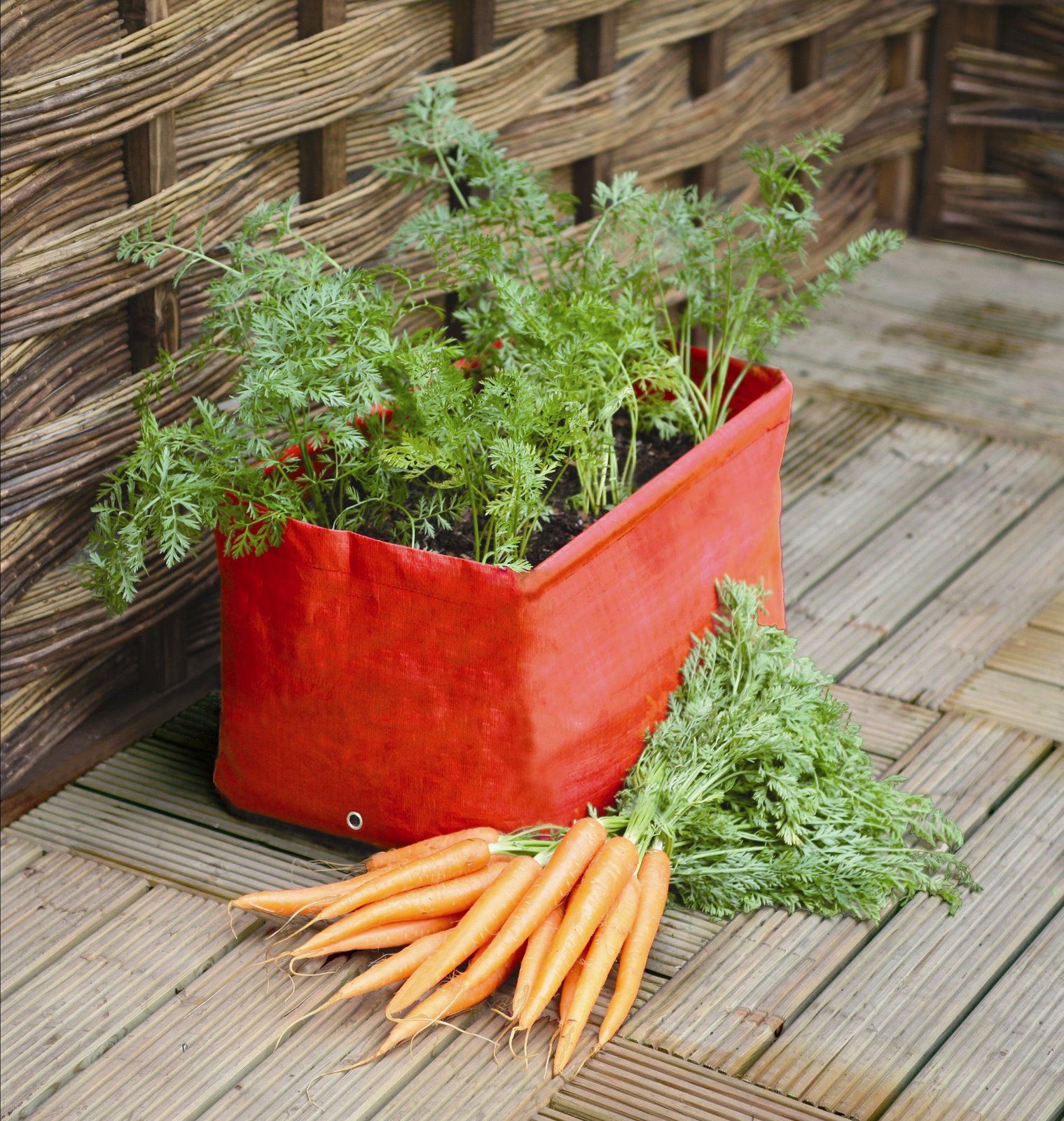
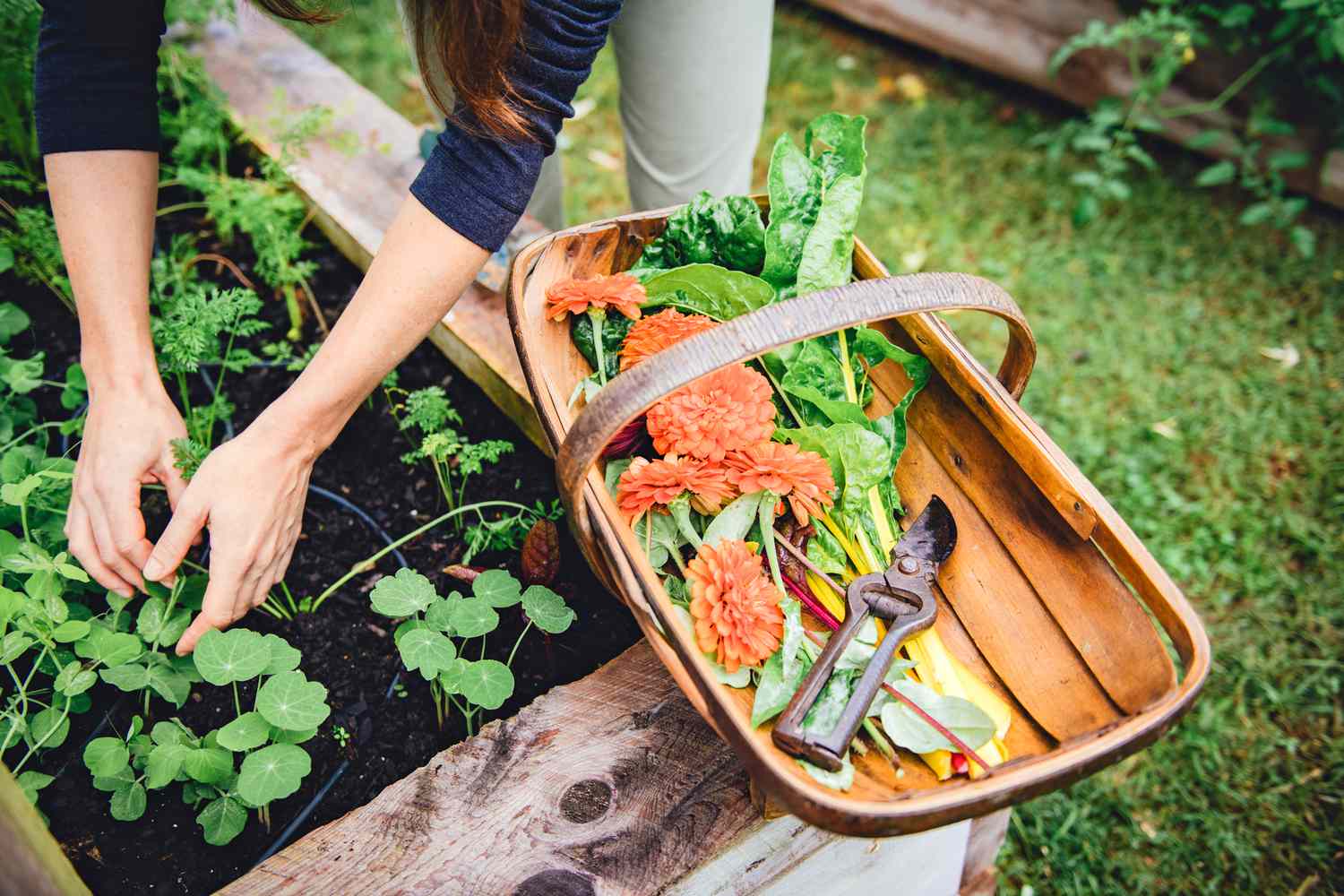
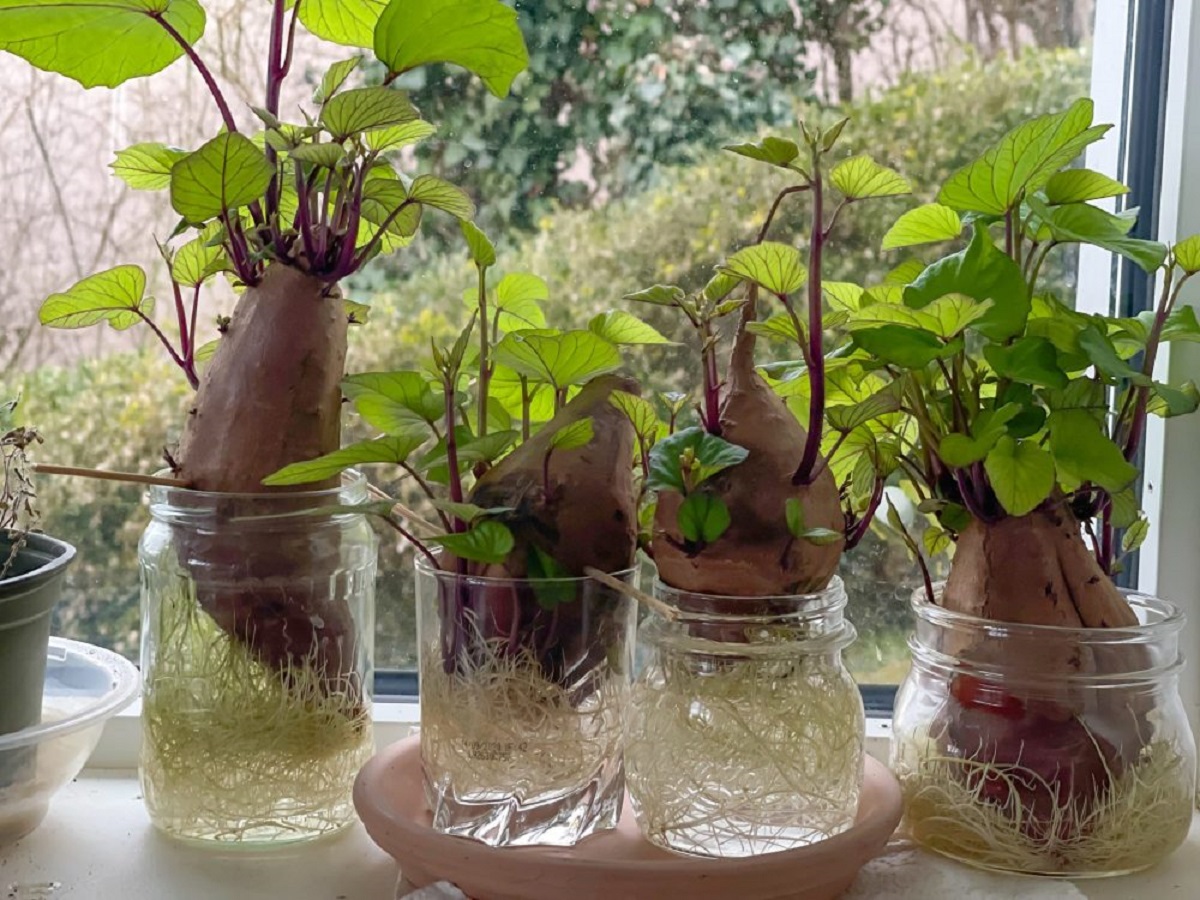
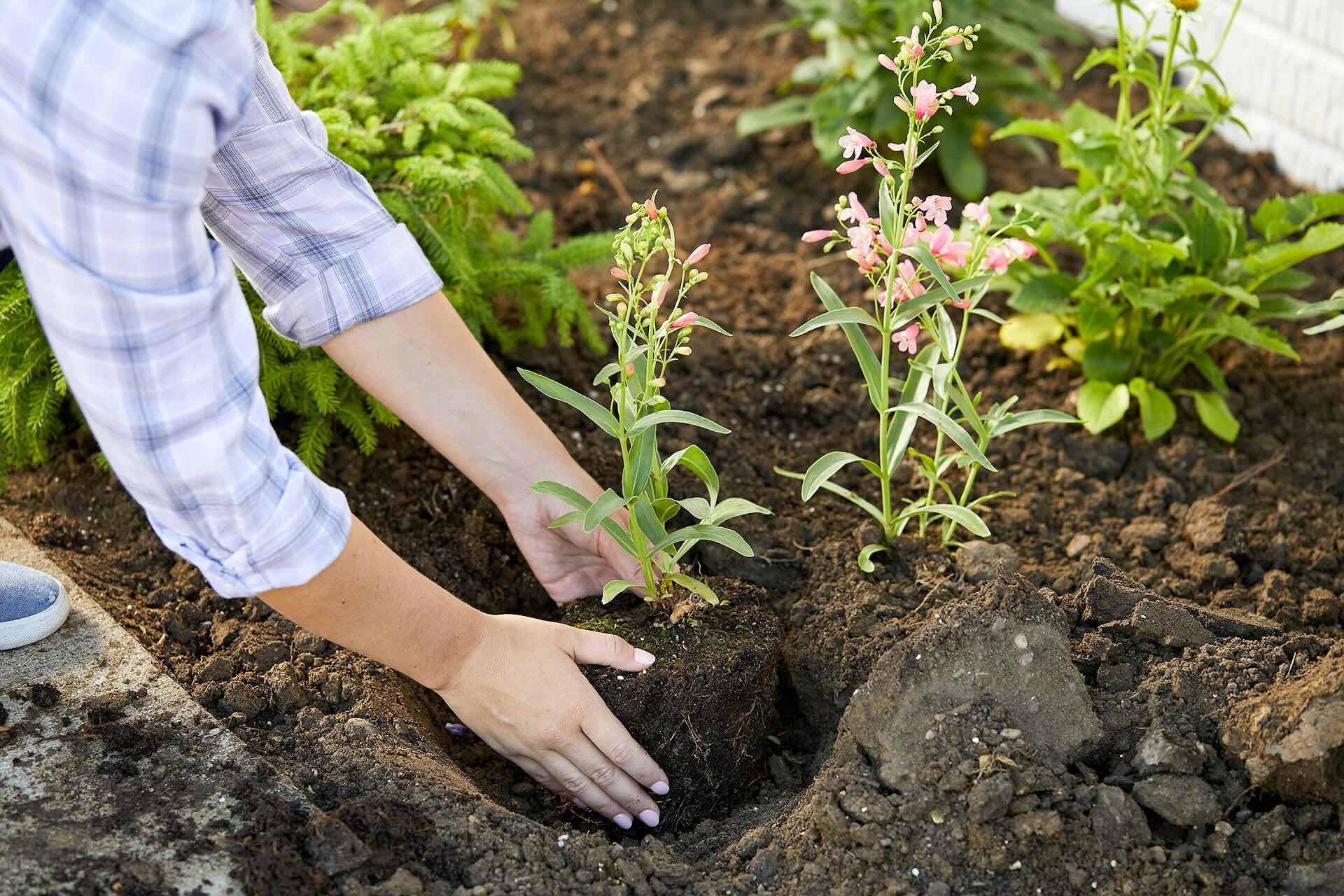
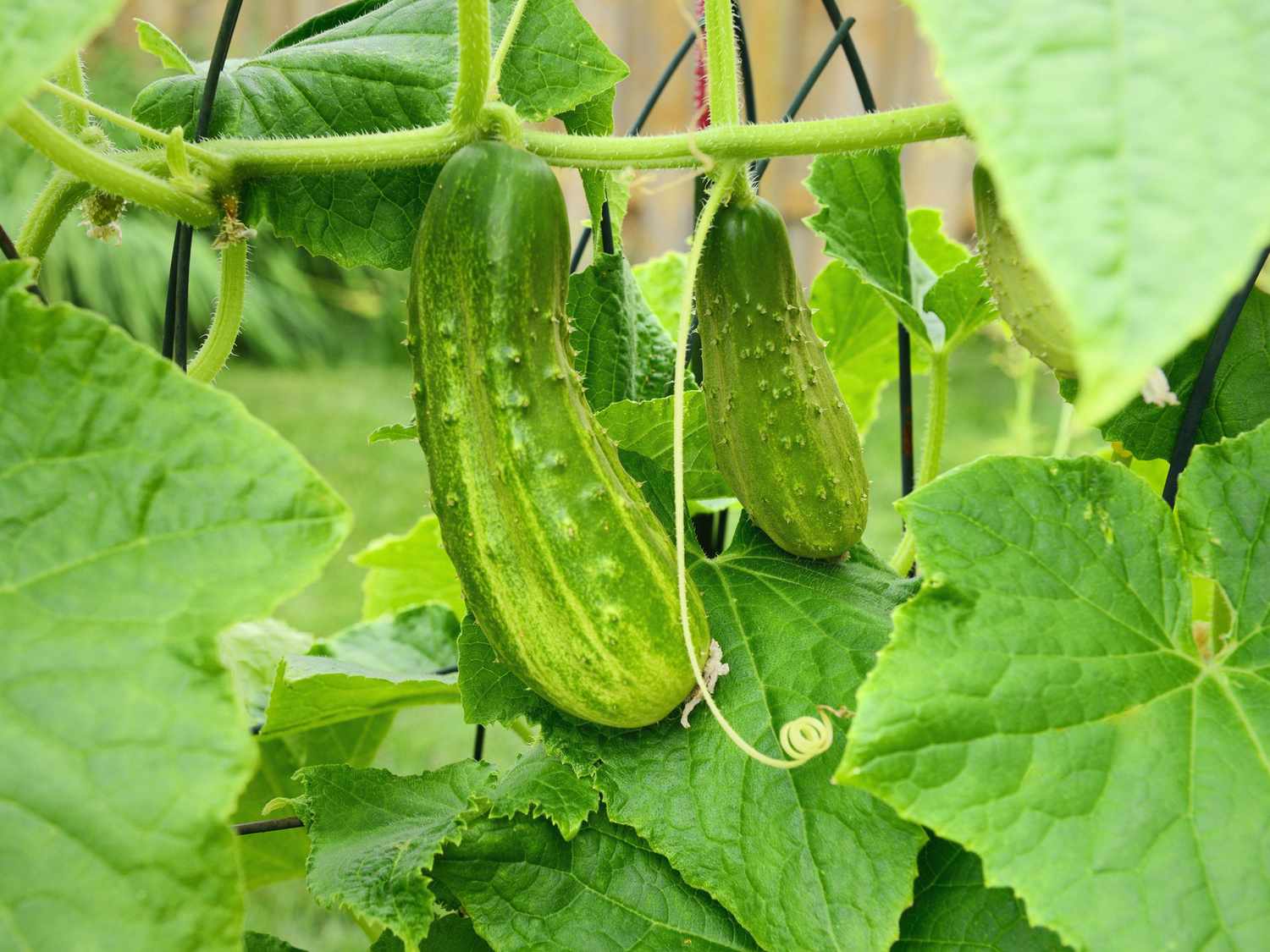
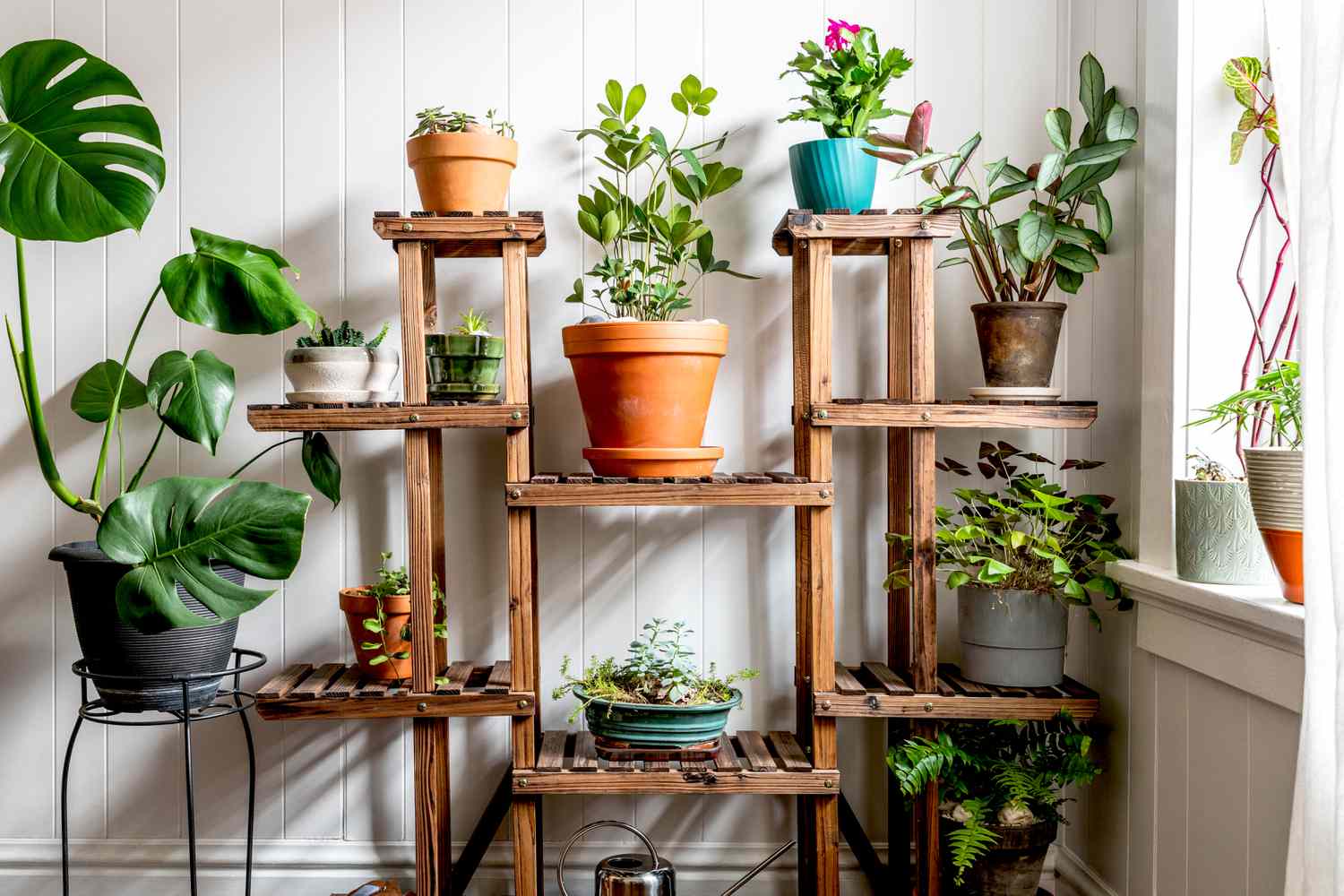
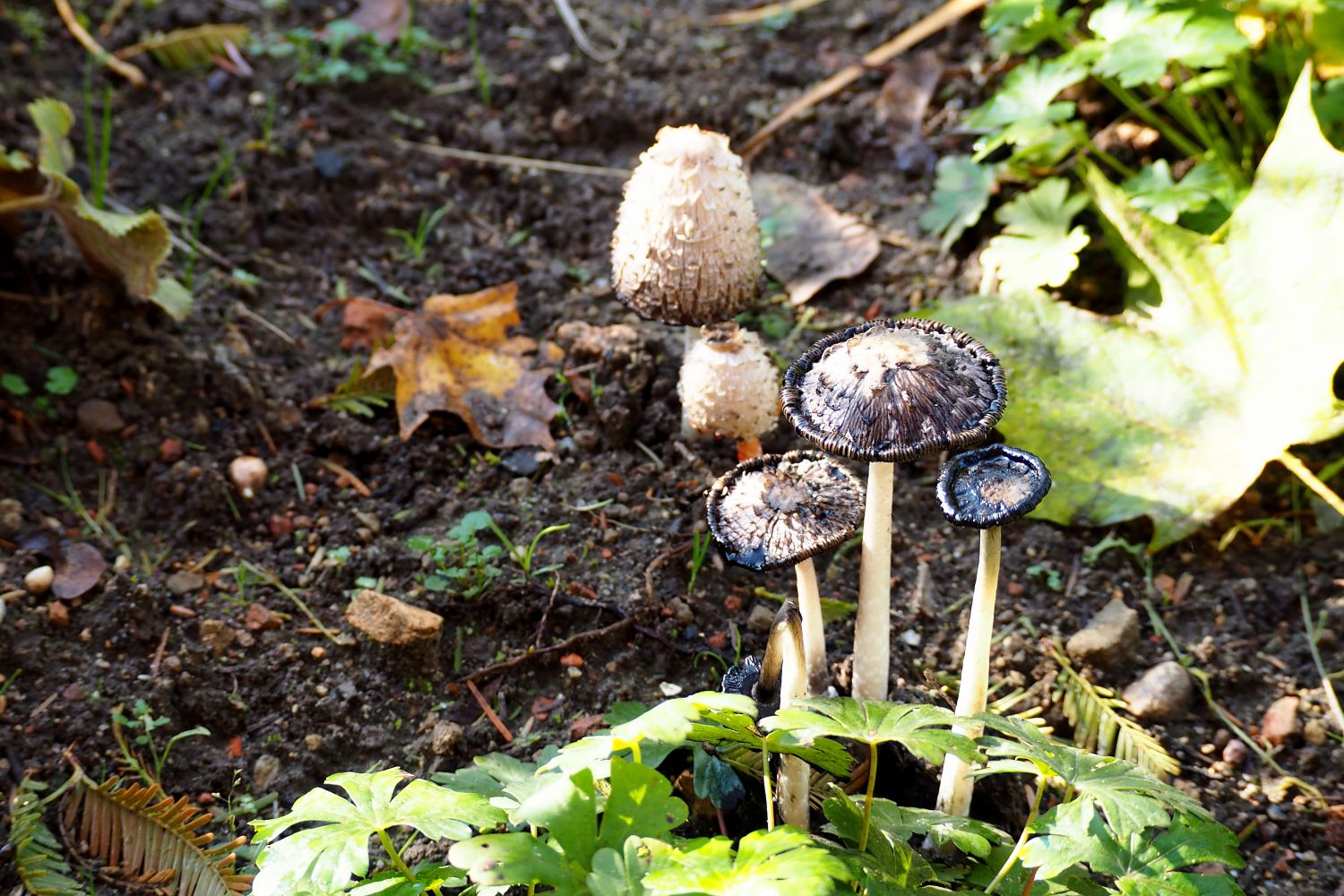
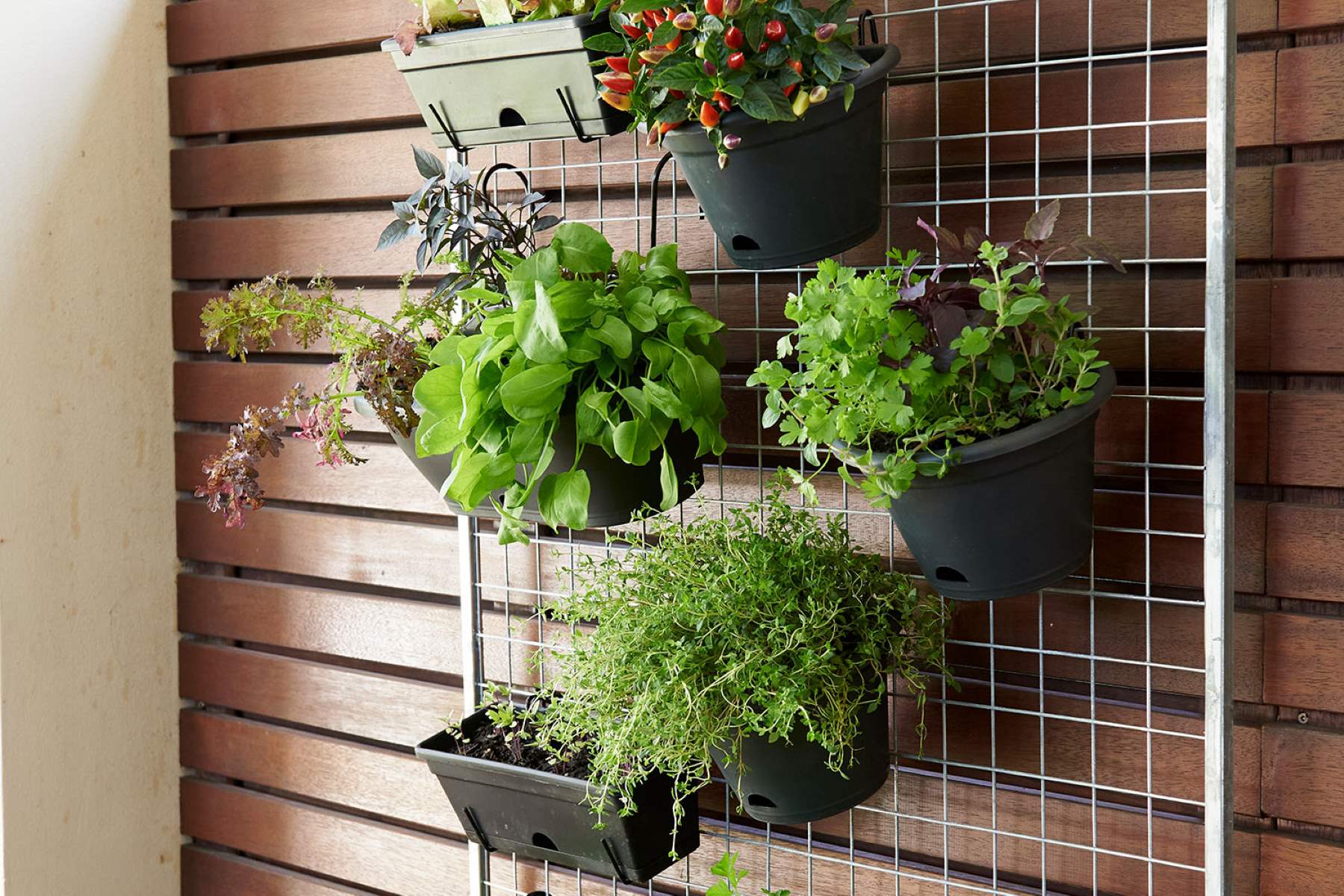
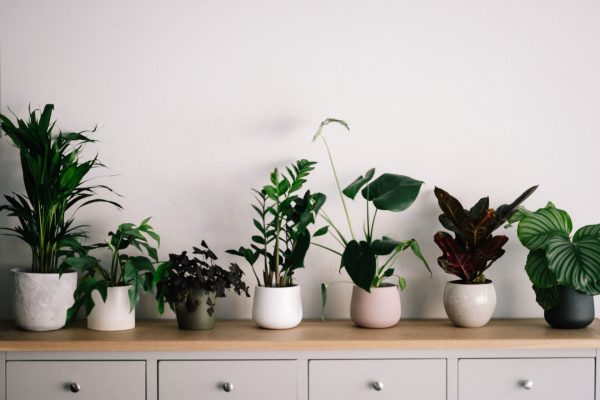
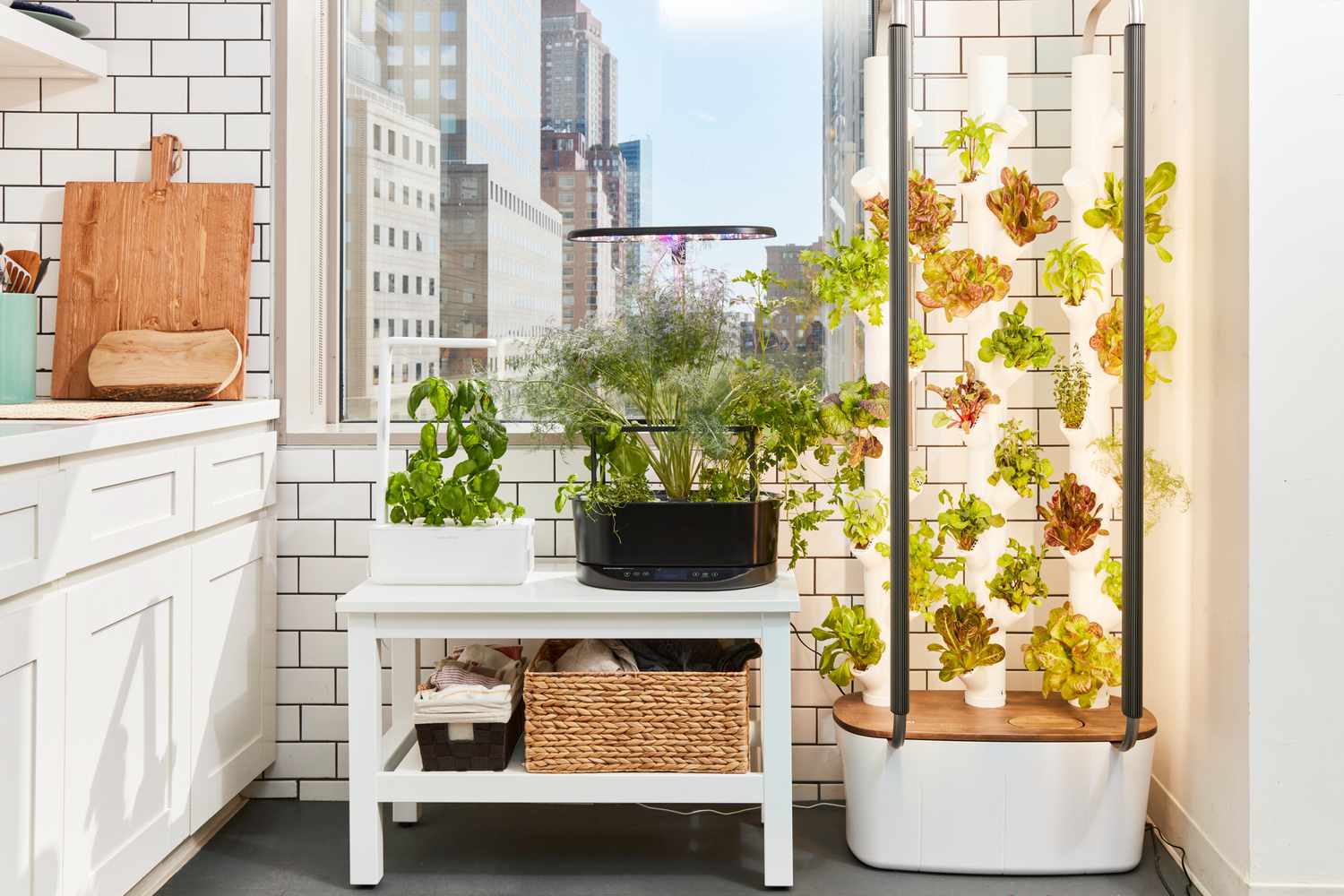
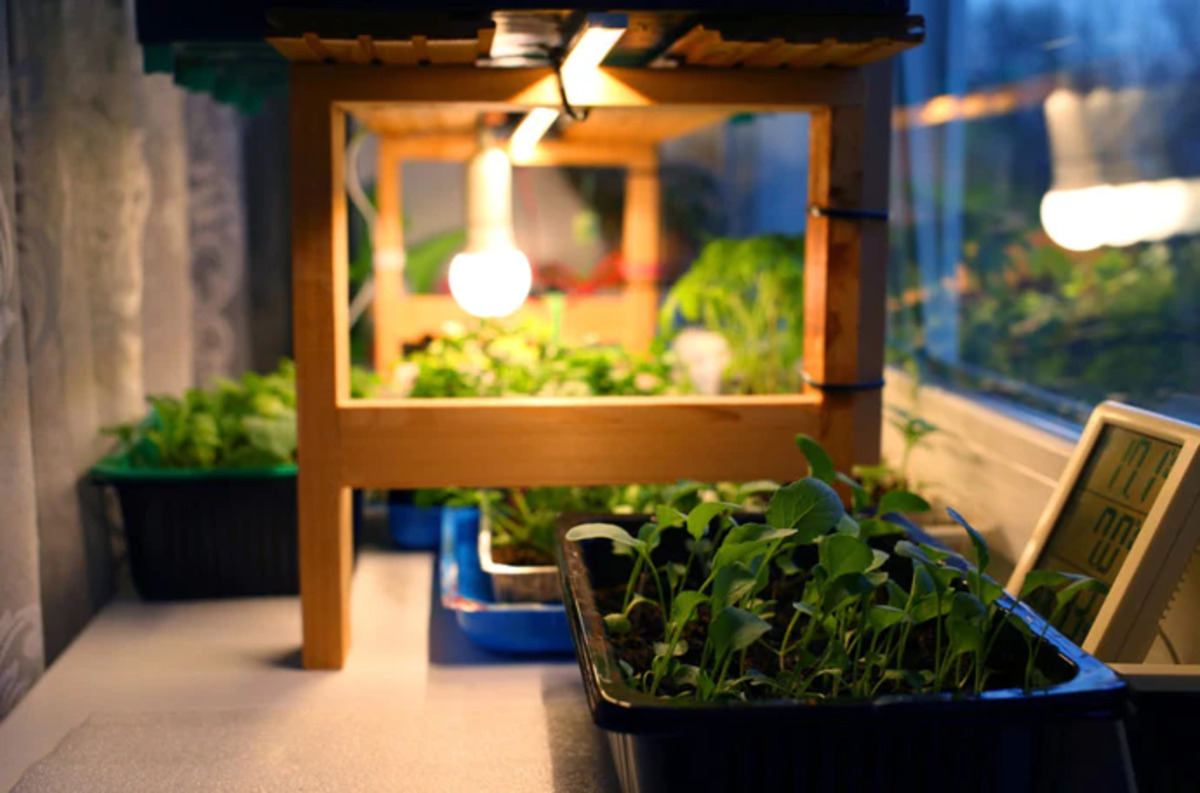
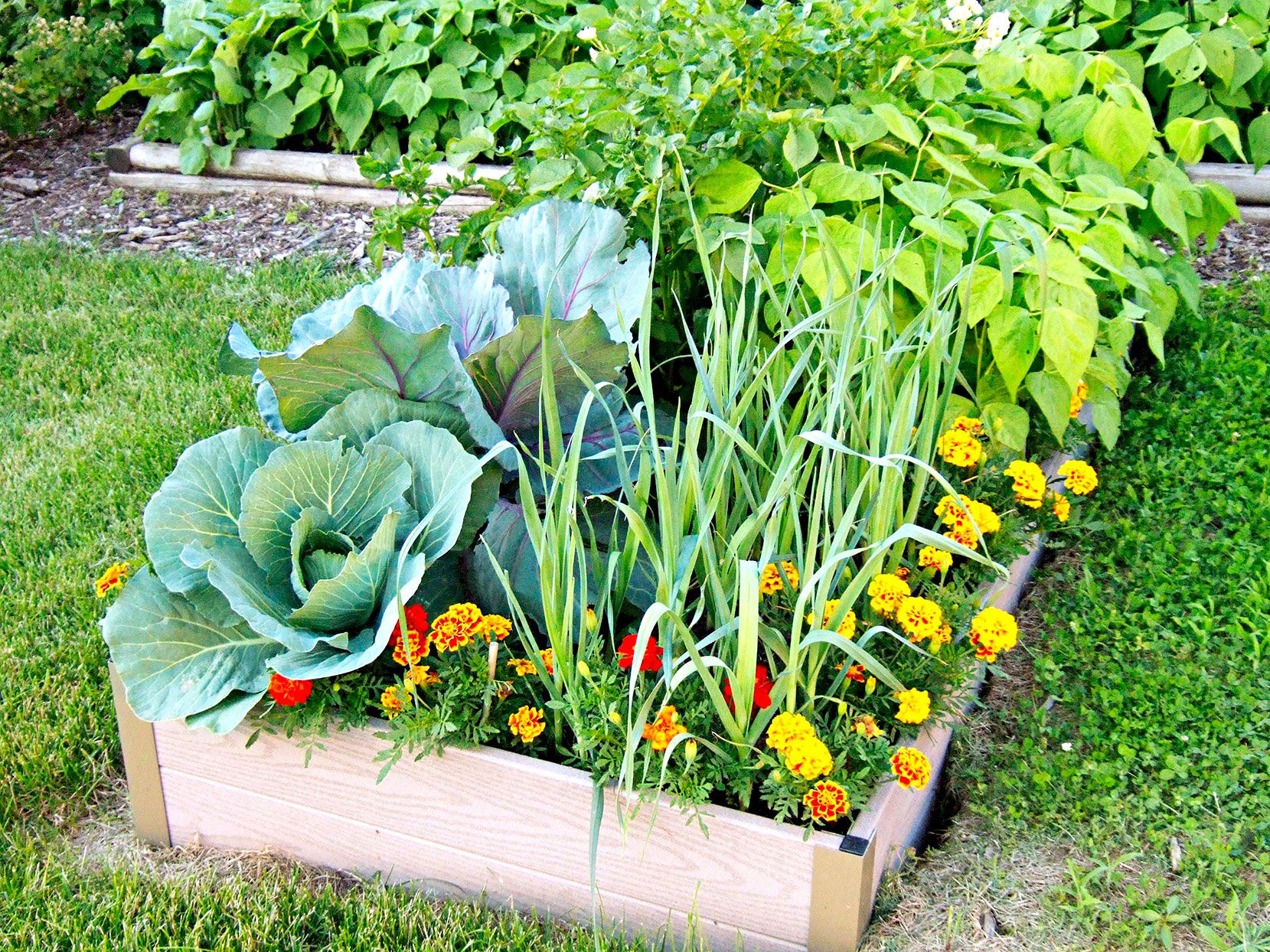
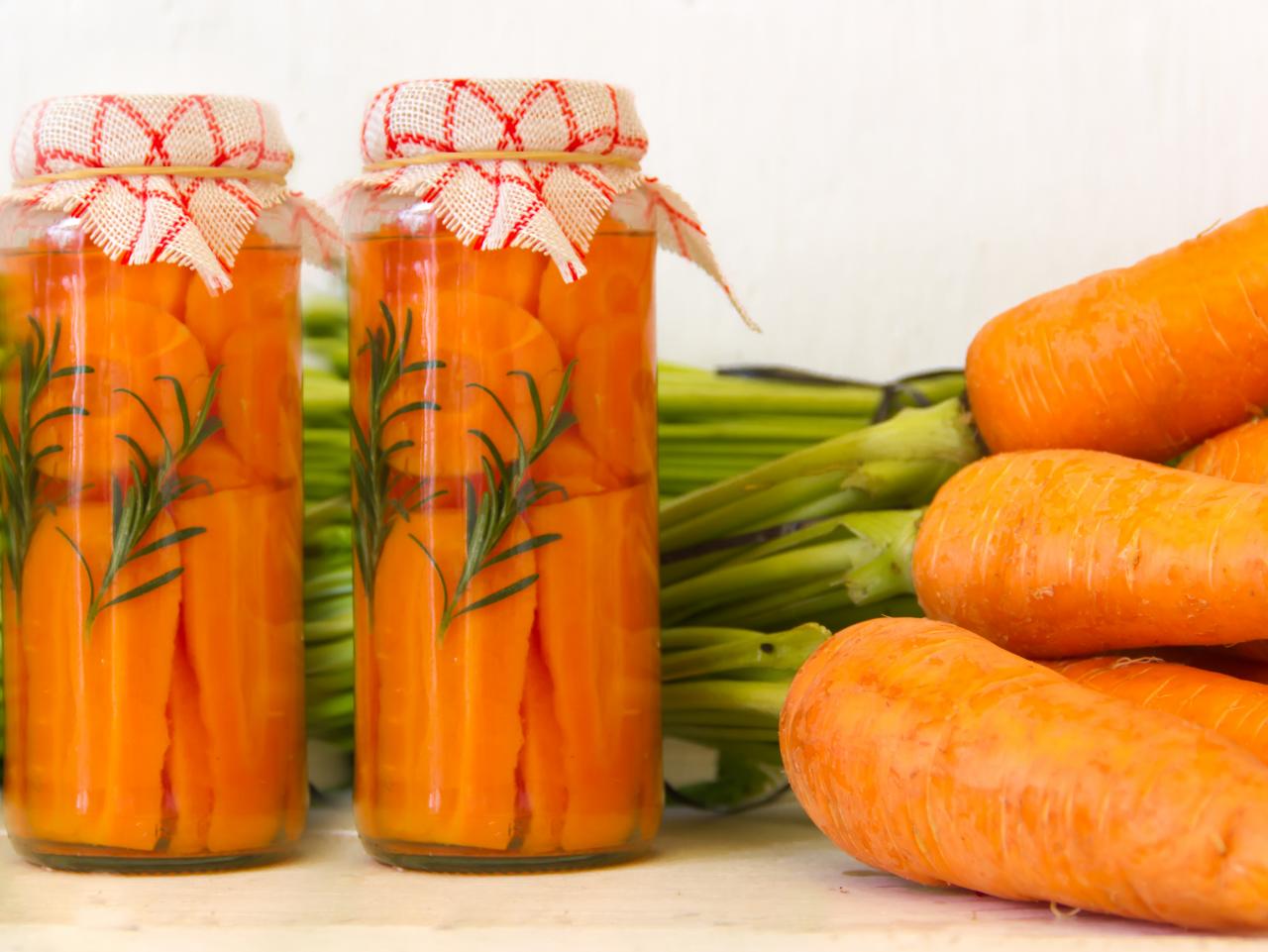

0 thoughts on “How To Grow Vegetable Garden”